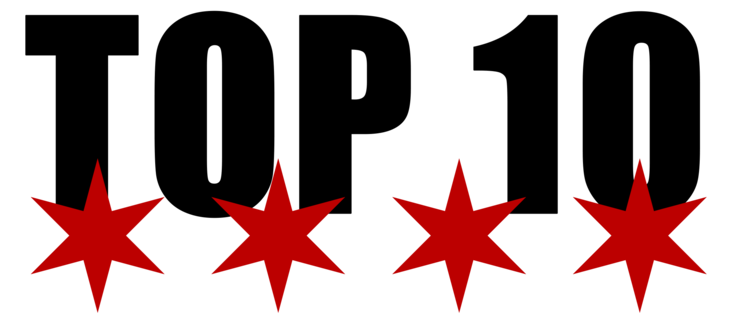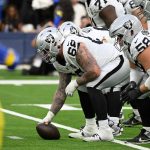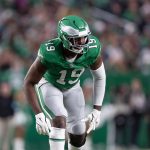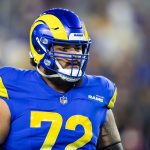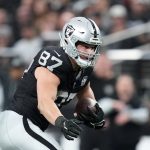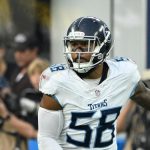When the Cubs were eliminated from the postseason in October, one of the most glaring issues for Theo Epstein’s club was their lack of reliable arms. Particularly, his bullpen, which had cost the Cubs 26 of the 48 runs allowed during their postseason run. Compare that to the collective 4 runs allowed between the Nationals and Dodgers bullpens, L.A.’s didn’t even surrender a single run to the Cubs, that’s bad.
They needed more strike-throwers, issuing the most free passes of any postseason team at 554, walking 53 batters during the playoffs. They also knew their All-Star closer Wade Davis was not necessarily gone, but was going to be difficult to retain without having to outbid other teams. And while they did offer Davis a qualifying offer, it was likely to just ensure a compensatory draft pick, as the interest from Chicago never truly seemed real.
As the Winter Meetings started, the Cubs quickly struck a deal with Brandon Morrow, and instantly the direction of the Cubs bullpen for 2018 became less clear. Signing a 33-year-old reliever with a checkered injury history and 18 career saves to his name doesn’t scream World Series 2018.
However, after letting the move soak in for a moment, it became clear what Epstein was trying to do. Avoiding a larger deal, the Cubs will pay Morrow $21 mil over the next two seasons to be their primary closer.
Epstein then added veteran side-armer Steve Cishek to the bullpen, signing on for two years at $6.5 mil per year. The insurance move of inking Cishek and all 121 career saves, gave the Cubs a back-up option to Morrow, who will likely have his usage limited at times during 2018. With Cishek and Morrow in the fold, the Cubs bullpen not only gained two viable closing options, they added two guys who attack the strike zone.
Painting the corners
According to Fangraphs, only three more pitchers threw more swing-strikes than Brandon Morrow, who made 76.4 percent of batters swing and miss at strikes located inside the strike zone (among relievers who threw at least 40 innings). Morrow also threw a first pitch strike 69.4 percent of the time in 2017, the 6th best rate among all qualified relievers.
Cishek, while not among the elite relievers in swing and miss strikes, still has a robust 63.8 percent first pitch strike percentage, along with an encouraging 57.8 percent swinging strikes located in the strike zone.
But likely the most appealing statistic to Epstein and the Cubs was their lack of walks, Morrow especially, who had a walk per nine innings of 1.85 while Cishek issued 2.82 walks per nine innings in 2017. As currently stands, outside of Brian Duensing, the Cubs don’t have a reliever who walks less batters than Cishek and Morrow.
Essentially, the Cubs have added two of the better strike-throwers in all of baseball, retained another in Brian Duensing, and on paper their bullpen should have excellent depth for 2018. Key word is on paper, as the Cubs will still have to see improvement from their returning bullpen arms, mainly Justin Wilson.
If the former Tigers closer could put up the numbers he did in the 1st half of 2017, the Cubs bullpen instantly becomes one of the more complete groups in all of baseball. A bullpen featuring Morrow as the closer, with Cishek and Wilson as possible fill-in closers, to go along with some combination of Duensing, Carl Edwards, Pedro Strop, Mike Montgomery, Justin Grimm, Dillon Maples, or Dario Alvarez looks deep.
But that’s just on paper. The Cubs, while options are a plenty, will need their relievers to execute better in order to stand a chance at getting back to the World Series in 2018.


